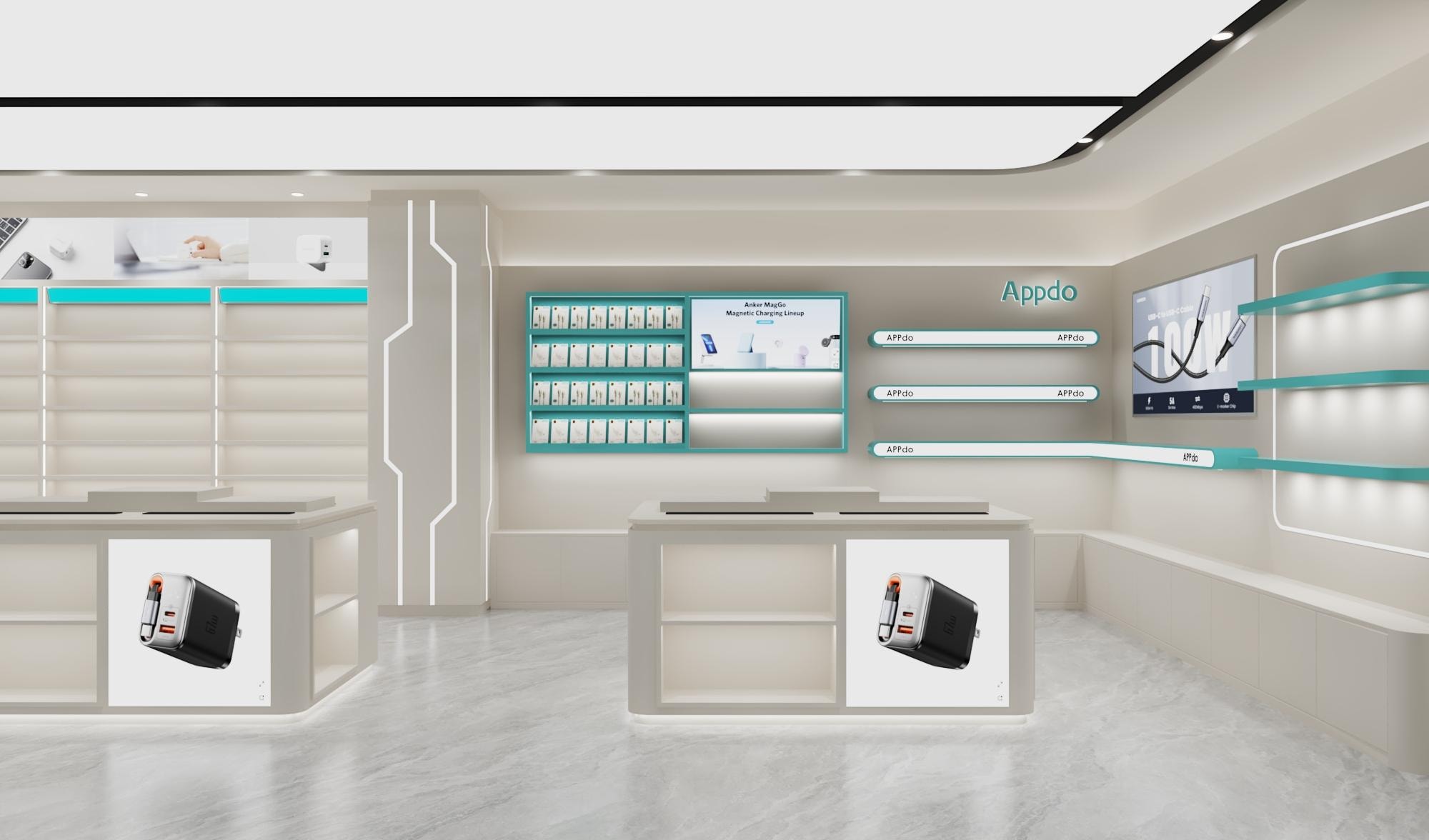
What is a PD charger? Learn about the fast charging protocol, its advantages and disadvantages, and a buying guide.
Updated on October 17, 2025
Want to know what a PD charger is? This article explains the working principles, advantages, and compatible devices of the PD fast charging protocol in plain language, helping you quickly find the charger you're looking for.
Table of contents
Have you ever been frustrated by the pile of incompatible chargers at home? One for your phone, another for your laptop, and yet another for your tablet... The emergence of PD chargers aims to end this chaos. So, what is a PD charger? And why is it becoming the "universal charger" for modern electronic devices? This article will give you a complete understanding.

I. Core Explanation: What is a PD Charger?
In simple terms, a PD charger is a charger that supports the USB Power Delivery fast charging technology.You can think of it as a "smarter and more powerful" charging protocol. It doesn't just increase charging speed; more crucially, it enables a "smart dialogue" between the device and the charger to negotiate the most suitable voltage and current, thereby achieving safe and efficient high-power charging.
Core Features: High power (up to 240W), bidirectional charging, intelligent adjustment of voltage/current.
Physical Interface: Typically uses a USB-C port. This is why most PD chargers you see now have a USB-C port.
II. How Does PD Fast Charging Work? The Smart Dialogue Protocol
Traditional chargers output power at a fixed rate (e.g., 5V/2A). PD chargers work in a much smarter way:Connect Device: When you connect a device to the charger using a PD-supported USB-C to USB-C cable.
"Handshake" Negotiation: The charger and the device have a brief "communication," confirming each other's supported maximum power and voltage levels.
Match Optimal Profile: The charger will output the most appropriate voltage and current based on the device's request. For example, it might use 9V for a phone and switch to 20V for a laptop.
Dynamic Adjustment: This "dialogue" continues during the charging process. For instance, when a phone's battery reaches 80%, the power is automatically reduced for trickle charging to protect battery health.
This "on-demand power supply" model allows a single PD charger to safely and quickly charge various devices, from earbuds and phones to laptops.
III. Why Do You Need a PD Charger? Four Core Advantages
Now that we understand what a PD charger is, let's look at its irreplaceable advantages:Extremely Fast Charging Speed
With power up to 240W, PD fast charging can charge your phone to over 50% in 30 minutes, significantly reducing waiting time.
Versatility - "One Charger for All"
This is the biggest appeal of the PD protocol. One PD charger can simultaneously charge your phone, tablet, laptop, Nintendo Switch, and even some cameras, greatly reducing the number of chargers you need to carry when traveling.
Powerful Power Delivery Capability
The latest PD 3.1 protocol supports 28V, 36V, and 48V voltage levels, making it possible to power high-performance laptops (like the 16-inch MacBook Pro) and even some desktop computers.
Bidirectional Charging Function
The PD protocol supports bidirectional power delivery. This means you can not only use the charger to power devices but also use a PD-supported power bank to charge your laptop, or use your laptop to charge your phone, offering very flexible usage scenarios.
IV. Is My Device Compatible with PD Fast Charging?
You can determine if your device supports PD fast charging by checking the following:Check the Device Interface: If the device has a USB-C port, it's highly likely to support PD fast charging.
Check Official Technical Specifications: Look for "charging" details on the official website's spec sheet for your phone or laptop, and see if it mentions "USB Power Delivery" or "PD fast charging".
Common Devices Supporting PD Fast Charging:
Apple Ecosystem: iPhone 8 and all subsequent models, iPad Pro/Air, MacBook series.
Android Flagships: Most flagship and mid-to-high-end models from major brands now support it.
Laptops: Almost all new thin-and-light laptops and Apple's MacBook series.
Other Devices: Nintendo Switch, some true wireless earbuds, etc.
Important Note: To achieve PD fast charging, three conditions must be met simultaneously: PD Charger + PD-supported Device + PD-supported USB-C to USB-C Cable. All are essential!
V. PD Charger Buying Guide
Now that you understand what a PD charger is and its advantages, how do you choose one that's right for you? Focus on the following points:Look at Power (Wattage - W)
Phone/Tablet: 30W-65W is sufficient for most needs.
Thin-and-Light Laptop: 65W is recommended.
High-Performance Laptop / Charging Multiple Devices Simultaneously: 100W or higher is recommended.
Check Protocol Compatibility
Besides the PD protocol, many phones have their own proprietary fast-charging protocols (like QC, Huawei FCP/SCP, OPPO VOOC, etc.). Choosing a charger that supports both PD and other mainstream fast-charging protocols offers better compatibility.
Consider the Number of Ports
If you need to charge multiple devices at the same time, a multi-port GaN (Gallium Nitride) PD charger is the best choice. It's compact, has low heat generation, high efficiency, and is currently the market mainstream.
Consider Brand & Safety Certifications
Opt for reputable brands (like Anker, Belkin, Ugreen, Baseus), as their products usually include over-voltage, over-current, and over-temperature protection, ensuring better build quality and safety.
VI. Frequently Asked Questions (FAQ)
Q1: Will a PD charger damage my battery?A: No. PD chargers provide precisely the right power through intelligent negotiation and adjust power based on the charging stage. Their protection mechanisms are very robust, and battery wear is within normal limits, similar to using the original charger.
Q2: What's the difference between a PD charger and a regular fast charger?
A: The main difference is versatility. Regular fast chargers often use brand-specific protocols and only fast charge their own devices. PD is a universal standard with broad compatibility – one charger can fast charge devices from different brands.
Q3: Why doesn't my phone fast charge when connected to a PD charger?
A: Please check these points in order: ① Is the charger PD-supported? ② Is the cable PD-supported (ordinary USB-C cables may not work)? ③ Is the phone PD-supported?

